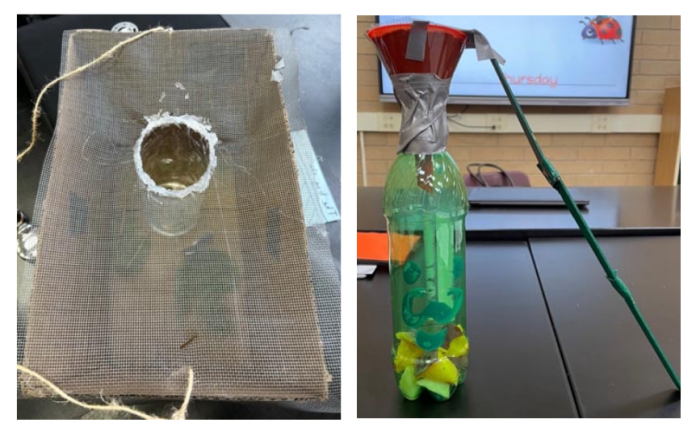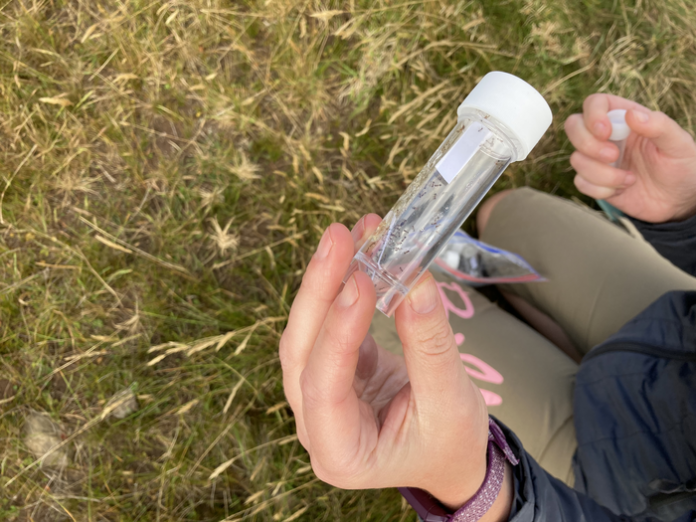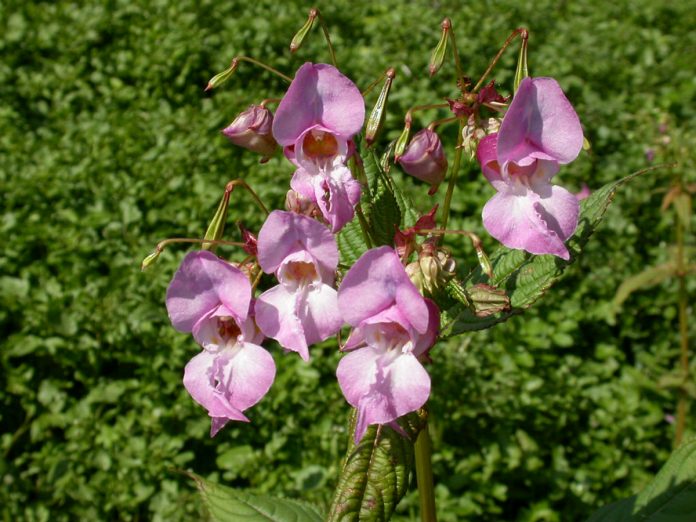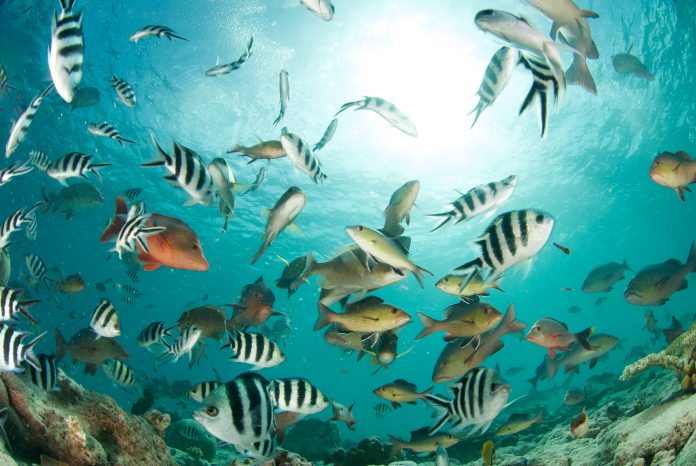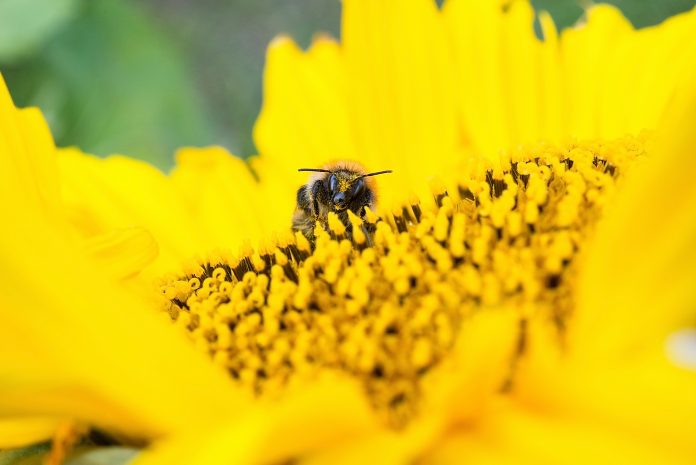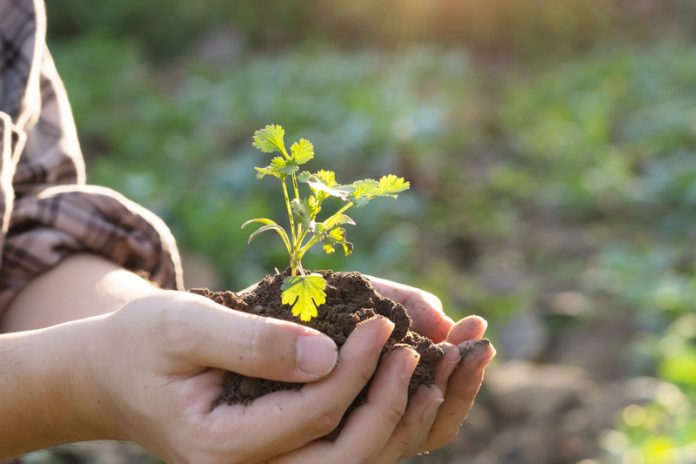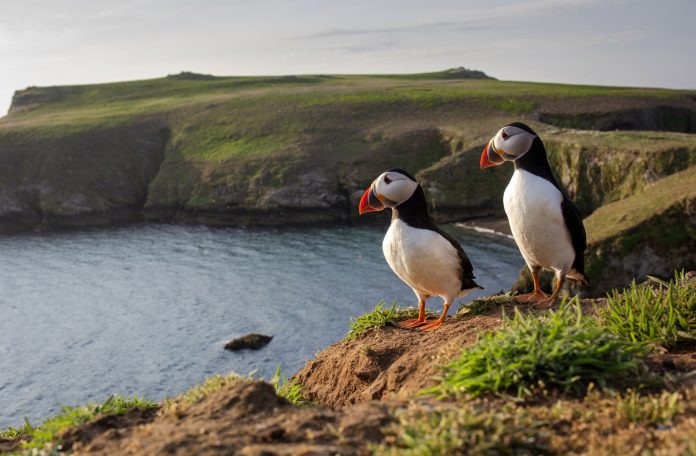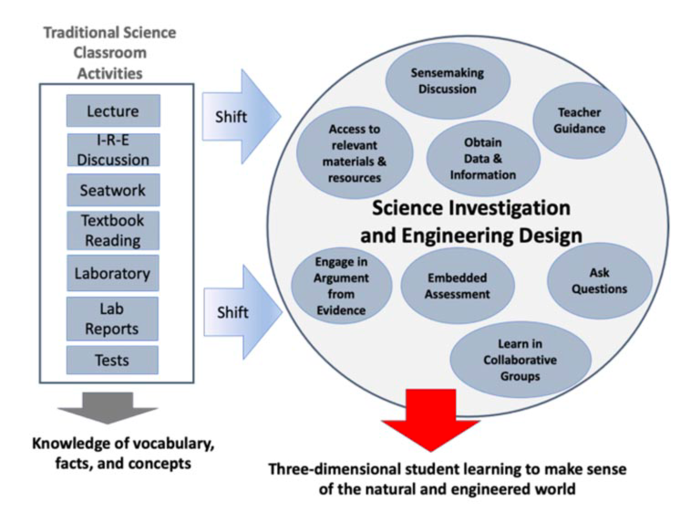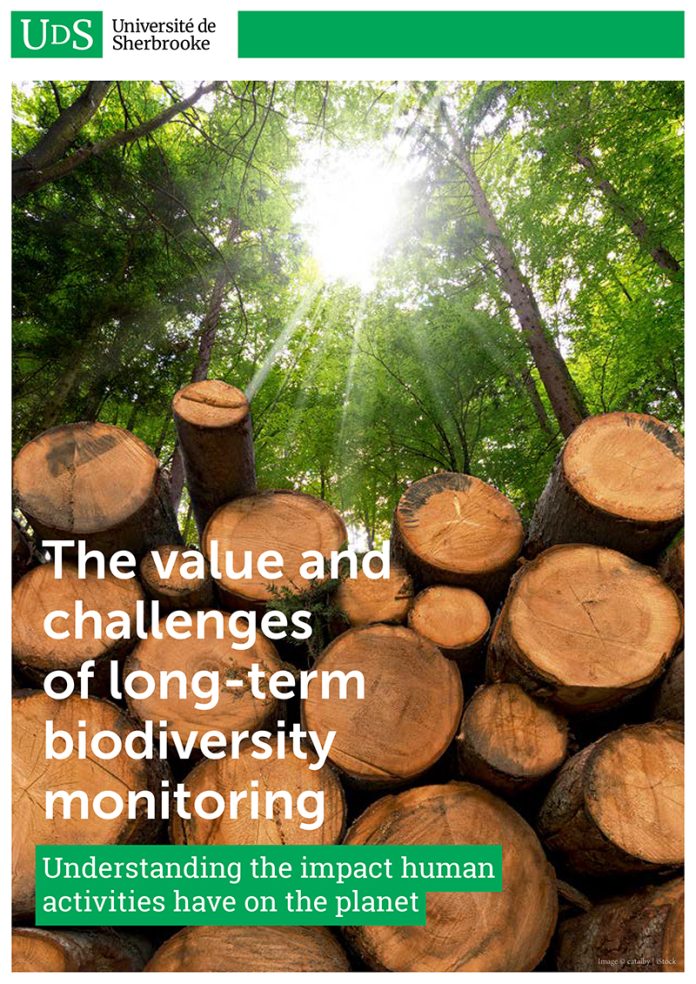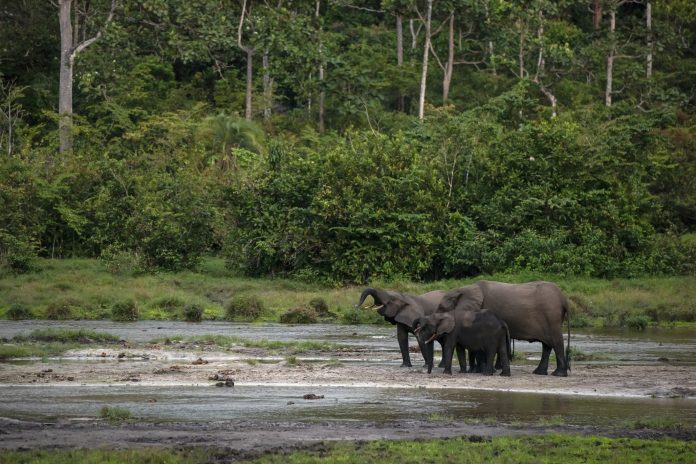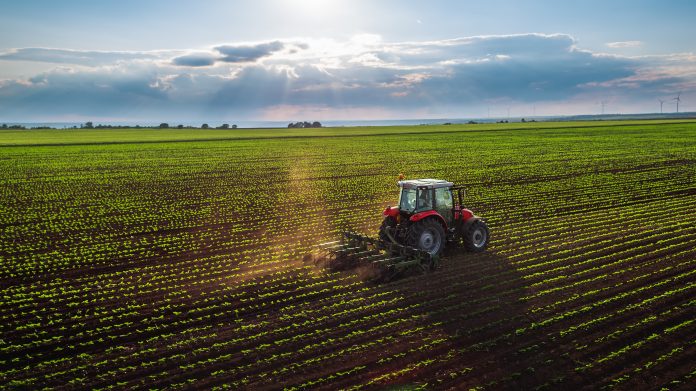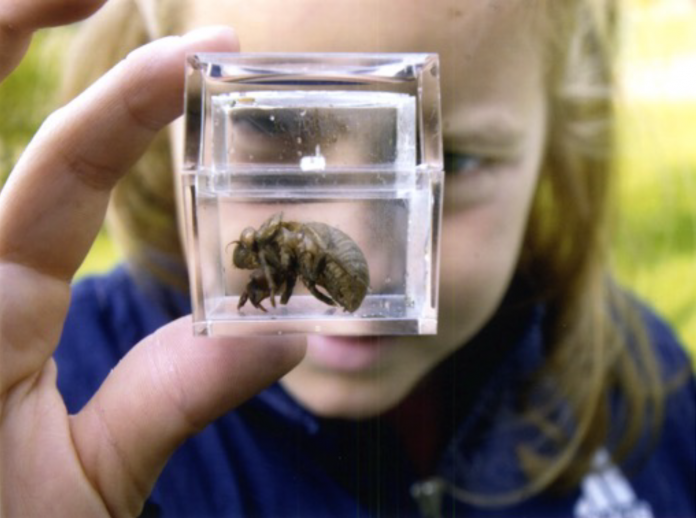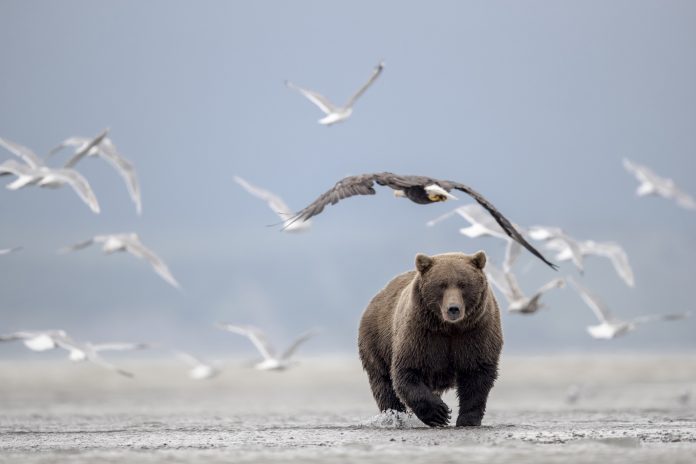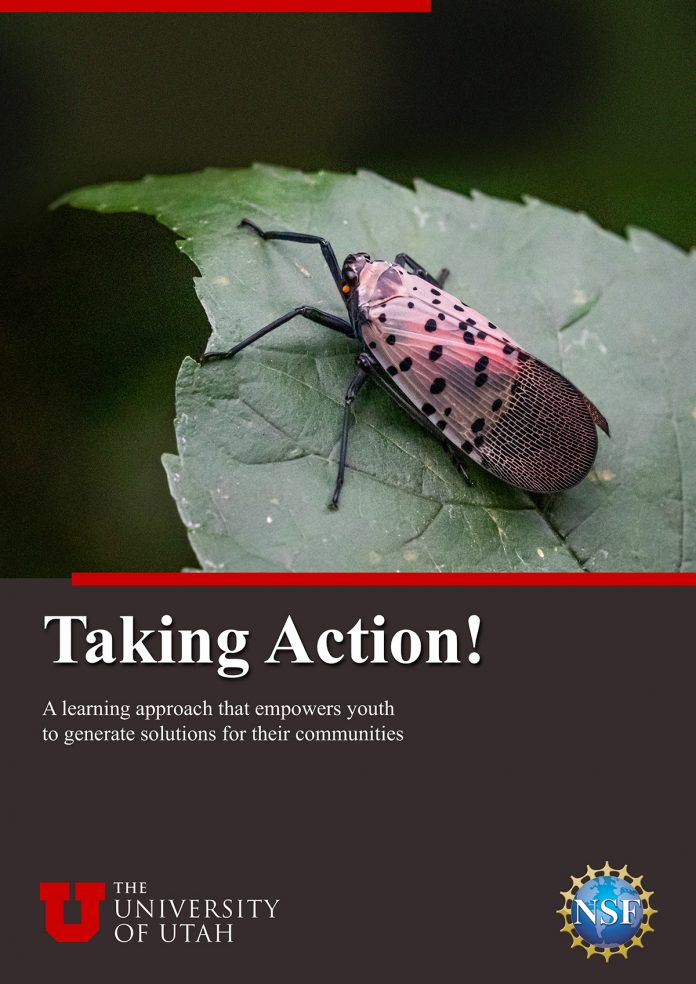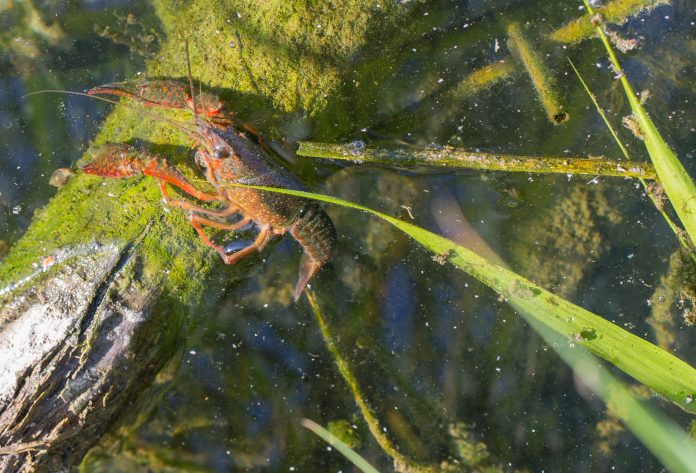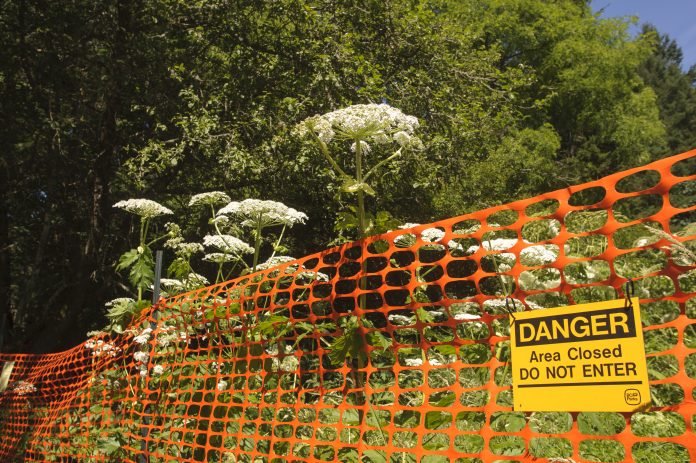Open Access Government produces compelling and informative news, publications, eBooks, and academic research articles for the public and private sector looking at health, diseases & conditions, workplace, research & innovation, digital transformation, government policy, environment, agriculture, energy, transport and more.
Home Search
invasive species - search results
If you're not happy with the results, please do another search
Youths’ solutions to local invasive species
Educating students about real-world, issues such as local invasive species aims to encourage wider engagement with STEM.
Which invasive species could threaten the UK’s Overseas Territories?
Researchers predict which invasive species could pose a future threat to the UK’s Overseas Territories in order to conserve these rare environments.
The threat of invasive species to biodiversity: Biological control of Himalayan balsam
Alan Gange, Amanda Currie & Nadia Ab Razak (Royal Holloway, University of London), Carol Ellison, Norbert Maczey & Suzy Wood (CABI Bioscience) and Robert Jackson & Mojgan Rabiey (University of Reading) discuss the threat of invasive species to biodiversity, including the biological control of Himalayan balsam.
DNA breakthrough reveals genetic diversity of invasive fish
Environmental DNA (eDNA) is unveiling the genetic diversity of invasive fish, revolutionising conservation efforts.
Invasive insects threaten 1.4 million trees in US
Researchers from McGill University have estimated that over the next 30 years, 1.4 million street trees will be killed by invasive insects.
94% of wild bee and plant species lost due to climate change and agricultural...
According to researchers from York University, climate change and agricultural developments are responsible for a 94% loss of wild bee and native plant species networks.
Agricultural issues: Protecting the United States from harmful invasive plant pests and diseases
The work of the Department of Agriculture’s Animal and Plant Health Inspection Service (APHIS) in the United States covers a wide range of agricultural issues, including protecting the U.S. from harmful invasive plant pests and diseases, as this article uncovers.
Human activity is the biggest contributor to plant homogenisation
Researchers have found that human activity has the largest impact on plant communities, as seen with climate change, or the introduction of an invasive species.
WWF report reveals 73% decline in global wildlife populations
The WWF's Living Planet Report 2024 highlights global wildlife decline, revealing a 73% average decrease in monitored populations over the past 50 years.
How do we prepare our youth for a world of big data?
Nancy Butler Songer, Associate Provost of STEM Education at the University of Utah, considers the importance of developing primary and secondary school programs in STEM fields that support students in developing the competencies with big data.
The value and challenges of long-term biodiversity monitoring
To understand the impact human activities have on the planet, we need to monitor what surrounds us to evaluate if and how they change as a result of these activities.
Ecological sustainability for the future of all life on Earth
The Born Free Foundation’s Head of Conservation, Dr Nikki Tagg and Head of Policy, Dr Mark Jones, say that ecological sustainability is an essential element for the future of all life on Earth.
Tackle social and environmental challenges simultaneously
Mark McKenna MBE, Co-Founder/CEO of Down to Earth, tells us about new ways to tackle social and environmental challenges at the same time since
The award-winning group of social enterprises, Down to Earth, has been exploring new ways of tackling social and environmental challenges at the same time since 2005.
Working...
Farmers cultivating habitats: A vital link between food security and biodiversity
Although it may seem unnatural, researchers reveal forests provide a superior habitat for forest-dwelling wildlife than declining forests. This discovery has only reaffirmed the vital link between food security and biodiversity.
How can farmers deliver on EU Green Deal environmental commitments?
EU Green Deal environmental commitments require farmers across the EU to make significant changes in how they work – from reducing their carbon footprints to adopting more sustainable practices.
Why is engineering design important for all leaners?
Engineering design systematically identifies needs, wants, and problems and then devises solutions to address them. A central component of our work is guiding students in the engineered design of solutions to local environmental problems.
Animals and climate change: which animals will be most resilient?
As the effects of global warming induce deadly weather patterns and disruptions to ecosystems, researchers analyse the outcomes of animals and climate change.
Taking Action: empowering youth generated solutions for communities
Finding and promoting a learning approach that empowers youth to generate solutions for their communities.
Environmental Science Education on the subject of Crayfish (Procambarus Clarkii)
Tokyo NODAI Research Program for Sustainable Agriculture discusses the Environmental Science Education of crayfish.
What are the dangers of giant hogweed?
Blisters, burns and blindness: why is giant hogweed in the news and what dangers does the invasive plant pose to the UK?

